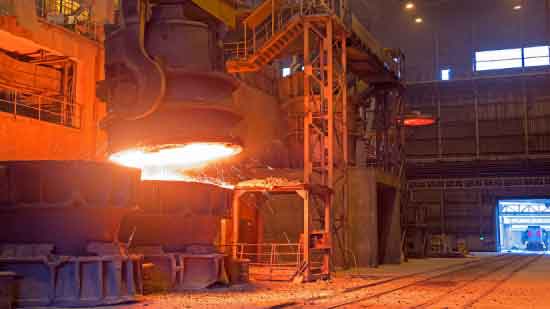The sand casting industry has seen several innovations and technological advancements that have significantly impacted the manufacturing process, improving efficiency, precision, and overall casting quality. Some of the leading innovations in sand casting technology include:

- 3D Printing and Prototyping: Additive manufacturing technologies, such as 3D printing, have revolutionized the prototyping phase of sand casting. 3D printed patterns and cores allow for rapid iterations, reduced lead times, and cost-effective design validation before creating traditional patterns.
- Simulation Software: Advanced simulation software allows manufacturers to simulate the entire casting process virtually. This includes predicting solidification, thermal analysis, stress analysis, and defects prediction. Simulation helps optimize casting designs, gating systems, and riser placements for improved quality and reduced scrap.
- Automated Molding Lines: Automation has transformed molding lines, making them more efficient and capable of handling large-scale production. Automated molding lines reduce manual labor, enhance consistency, and increase production rates.
- Real-Time Monitoring and Data Analytics: Sensors and real-time monitoring systems are integrated into the sand casting process to collect data on variables like temperature, pressure, and humidity. This data is analyzed using data analytics, providing insights to optimize the casting process and ensure consistent quality.
- Advanced Casting Materials: Manufacturers are exploring new alloys and materials to meet specific industry demands. High-performance materials offer improved properties, such as higher strength, better wear resistance, and enhanced thermal conductivity.
- Robotics and Automation in Finishing: Robotic systems are being implemented in finishing processes like deburring, grinding, and shot blasting to improve consistency and reduce manual labor.
- Digital Twin Technology: Digital twin technology creates virtual replicas of physical castings, allowing manufacturers to monitor and analyze performance in real-time. This technology aids in predictive maintenance and quality control.
- Green Sand Reclamation: Foundries are adopting environmentally friendly practices, including sand reclamation systems. These systems recycle and reuse green sand, reducing waste and lowering environmental impact.
- Moldless Casting: Some researchers and manufacturers are exploring innovative approaches like 3D sand printing and direct casting technologies, eliminating the need for traditional patterns.
- Machine Learning and Artificial Intelligence: AI-powered algorithms are being used to analyze vast amounts of data from casting processes, helping in predictive maintenance, optimizing parameters, and predicting defects.
These innovations and technologies are helping sand casting manufacturers stay competitive, reduce production costs, and produce high-quality castings for various industries. As technology continues to advance, the sand casting industry is likely to witness further improvements in efficiency, sustainability, and design flexibility.
